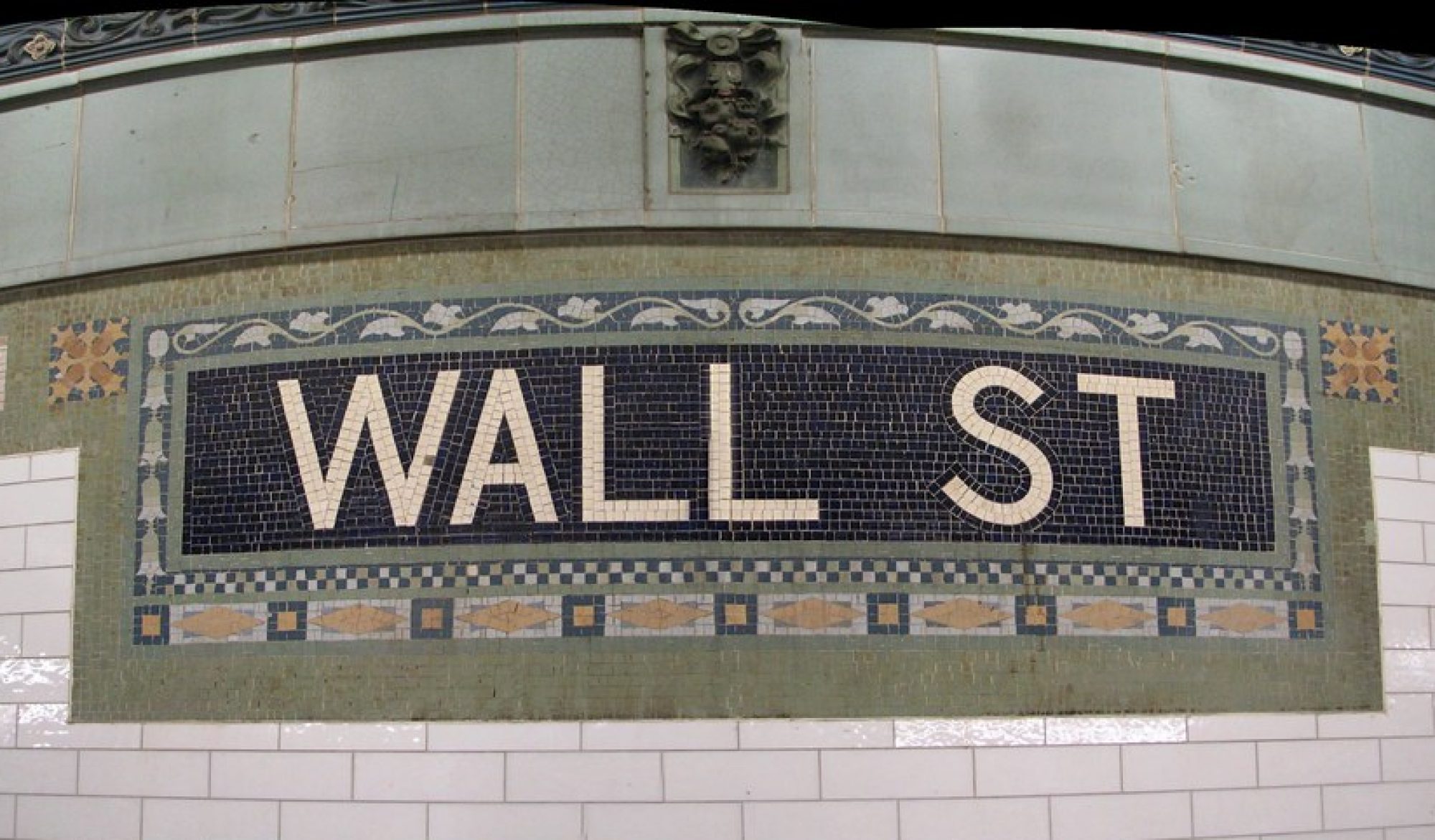Wolves of Wall Street: Representations of Wall Street in the American Cultural Imagination
In this course, we will examine Wall Street historically and as a construction of the American cultural imagination tied to the American Dream and American class identity. Historically seismic financial events, like the 1929 Stock Market Crash and the 1921 burning of Black Wall Street will be stopping points on our historical timeline. Wall Street has inspired social and economic progress that contributed to the American Dream narrative, and has also been the subject of economic critiques of the ethics of free-market capitalism.
Along this path of inquiry, we will research, analyze, and write about Wall Street as a place and a symbol traceable to the “founding” of American banking most recently represented in the musical, Hamilton. Wall Street has also inspired critiques and protest movements, such as Herman Melville’s story “Bartleby the Scrivener: A Story of Wall Street, “ arguably the first occupation of Wall Street, which inspired, in reverse, the ethos behind the founding, purpose, and philosophy of the Occupy Movement after the subprime lending scandal burst the housing bubble, crashed the Stock Market , and caused the 2008 recession.
Our exploration will touch on several historical and fictional “wolf” figures that have represented, influenced, and continue to haunt our understanding of Wall Street not only as an historical and metaphorical place but also as an institution of capitalism. Fictional wolves like The Great Gatsby’s Meyer Wolfsheim and Jay Gatsby, Wall Street’s Gordon Gecko, and American Psycho’s Patrick Bateman, as well as and historical wolves like Charles Ponzi, Bernie Madoff, and the self-named “wolf of Wall Street,” Jordan Belfort will make either considerable or brief appearances.

